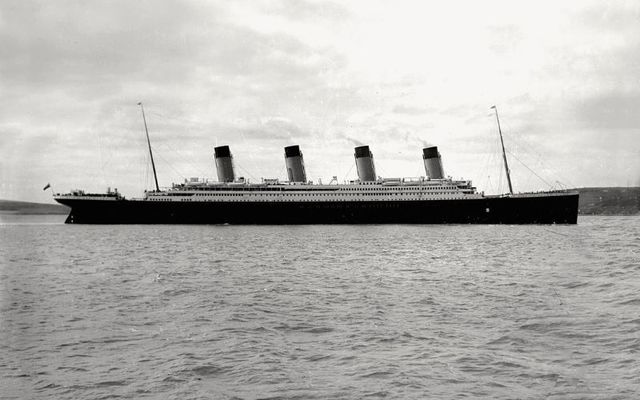The Belfast-built Titanic, which infamously sunk in the Atlantic Ocean on April 15, 1912 during its maiden voyage, can be seen like never before in a new, full-sized digital scan from Magellan LTD.
The Titanic wreckage has been mapped in its entirety by research scientists through the largest underwater 3D capture project ever taken, Magellan's partners Atlantic Productions said on May 17.
The results provide a level of detail and clarity of the Titanic never seen before.
"It is a true digital twin of the Titanic," Richard Parkinson, the chief executive of Magellan Deep Sea Specialists, told BBC News about the scan.
"The resolution is phenomenal. This will allow scientists, historians to re-understand how the Titanic came to be how it is.
"It's also a snapshot in time."
Atlantic Productions said scans of the Titanic wreck were carried out over a six-week expedition in the summer of 2022.
A specialist ship was positioned in the North Atlantic 700km off the coast of Canada. The expedition deployed two submersibles – named Romeo and Juliet – which spent many hours at 3,800 meters (12,500 feet) below the surface mapping every millimeter of the Titanic wreck in minute detail and mapping the entire three-mile debris field.
Atlantic Productions noted that in accordance with tight regulations in place, the wreck was not touched or disturbed, and the entire site was treated with the utmost of respect, which included a flower-laying ceremony in memory of those who lost their lives.
Atlantic Productions is delighted to be the media partner on Magellan’s groundbreaking project to scan the Titanic and create a digital twin. The experts will now be able to start an investigation into what exactly happened on the night the Titanic sank.https://t.co/BFwRQmjrHh pic.twitter.com/a97sovWnHf
— Atlantic Productions (@AtlanticProds) May 17, 2023
Magellan's Gerhard Seiffert, who led the planning for the expedition, told BBC it was the largest underwater scanning project he'd ever undertaken.
"The depth of it, almost 4,000m, represents a challenge, and you have currents at the site, too - and we're not allowed to touch anything so as not to damage the wreck," he explained.
"And the other challenge is that you have to map every square centimetre - even uninteresting parts, like on the debris field you have to map mud, but you need this to fill in between all these interesting objects."
According to BBC, the new scan shows both the scale of the Titanic, as well as some minute details, such as the serial number on one of the propellers.
In the surrounding debris field, items are scattered, including ornate metalwork from the ship, statues, and unopened champagne bottles. There are also personal possessions, including dozens of shoes resting on the sediment.
A new view of the Titanic! New scans reveal the world's most famous wreck as never seen before. They show the wreck in its entirety - it's as if the water has been drained away… Check it out here #Titanic
— Rebecca Morelle (@BBCMorelle) May 17, 2023
(Footage: @AtlanticProds/ Magellan) pic.twitter.com/1nOdfc7mWb
The Belfast-built Titanic, whose last port of call was at Queenstown, now Cobh, in Co Cork, struck an iceberg in the late hours of April 14, 1912.
The liner, owned by White Star Lines, only had enough lifeboats to carry about half of those on board and sank in the early hours of April 15, 1912, killing more than 1,500 passengers and crewmembers.




Comments